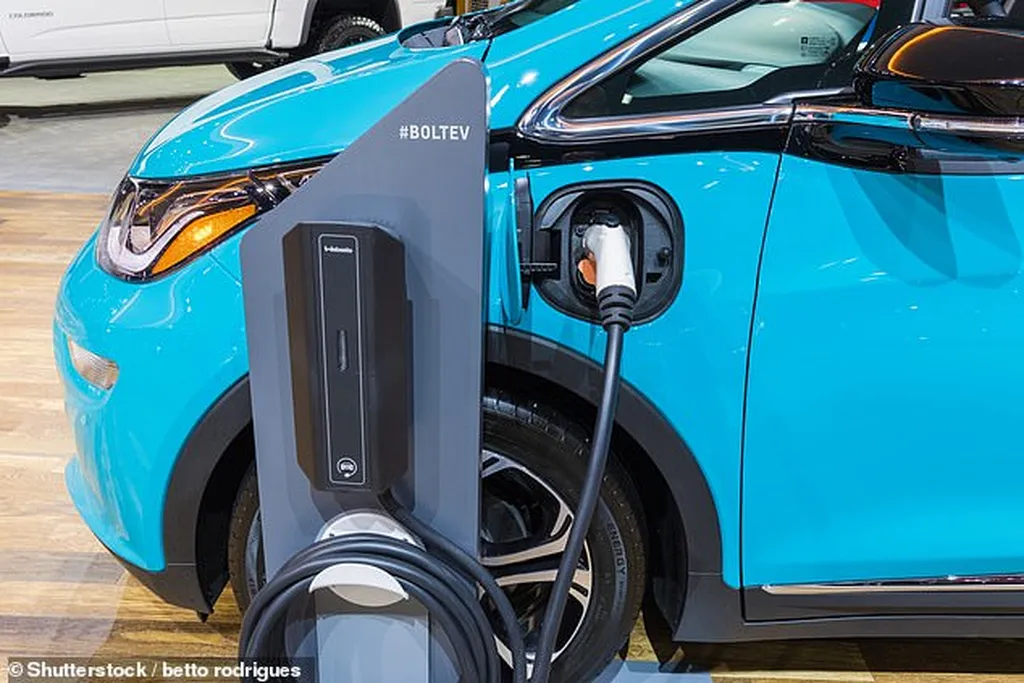In the evolving landscape of Europe’s energy transition, a new study sheds light on the delicate balance between cost and sustainability in the production of green hydrogen. Led by Negar Namazifard from KU Leuven, EnergyVille, and VITO, the research published in the journal Environmental Research: Energy, explores the implications of relaxing the European Union’s stringent criteria for certifying electrolytic hydrogen as renewable.
The study, titled “Relaxing EU hydrogen criteria: a cost and emission comparison of unrestricted and green electrolytic hydrogen in 2030,” uses a sophisticated European integrated electricity and hydrogen system model to evaluate the climate and economic impacts of adjusting the EU’s additionality and spatiotemporal correlation criteria by 2030. These criteria, established by the EU Delegated Act, are currently under review to ensure hydrogen’s economic viability doesn’t compromise its sustainability.
Namazifard and her team considered various scenarios, ranging from unrestricted electrolysis operating at short-run marginal electricity prices to power purchase agreements (PPAs) with newly installed renewables, under both hourly and annual temporal matching. The research offers two perspectives, both applying a ‘compete’ additionality framework where hydrogen production competes with direct electrification in a co-optimized system.
In the first perspective, the team constrained the country-specific renewable buildout to National Energy and Climate Plans (NECPs) using the ten-year network development plan’s (TYNDP 2024) National Trend trajectories. This approach reflects the practical difficulty of accelerating renewable expansion by 2030, even with green hydrogen mandates. The findings reveal that additionality with spatiotemporal correlation reduces attributional emissions but raises power system emissions by approximately 1 kgCO₂/kgH₂ compared to the unrestricted electrolysis scenario. This increase is due to scarce new renewables being diverted to green hydrogen production, leading to more fossil generation in the background electricity system.
The second perspective allows for endogenous expansion beyond NECP targets to simulate policy-driven accelerated deployment. Here, building out green hydrogen slightly reduces the additional power system emissions associated with hydrogen integration compared to unrestricted electrolysis. However, the study finds that additionality with spatiotemporal criteria raises the levelized cost of hydrogen (LCOH) in both perspectives, with cross-country variation driven by short-run electricity prices.
“Our findings underscore the need for tailored exemptions from additionality and spatiotemporal correlation criteria based on factors such as nuclear share, renewable targets, and marginal clean generation frequency,” Namazifard explains. “This tailored approach can help refine these requirements effectively, ensuring a balance between cost and sustainability.”
The study reveals that EU-averaged results show unrestricted electrolysis yields a lower LCOH of €2–2.5/kgH₂ (assuming NECPs are met), while stringent PPA-based scenarios increase it up to €7/kgH₂. Easing temporal correlation in PPA-based scenarios slightly raises attributional emissions but lowers LCOH. However, additionality remains the dominant cost driver.
This research has significant implications for the energy sector, particularly as Europe navigates the complexities of its energy transition. By providing a nuanced understanding of the trade-offs between cost and sustainability, the study offers valuable insights for policymakers and industry stakeholders. As the EU continues to refine its hydrogen strategy, this research could shape future developments, ensuring that green hydrogen remains a viable and sustainable option for Europe’s energy mix.
Published in Environmental Research: Energy, this study provides a critical contribution to the ongoing debate surrounding hydrogen policy, offering a data-driven perspective on the path forward. As the energy sector continues to evolve, such research will be instrumental in guiding decisions that balance economic viability with environmental sustainability.

